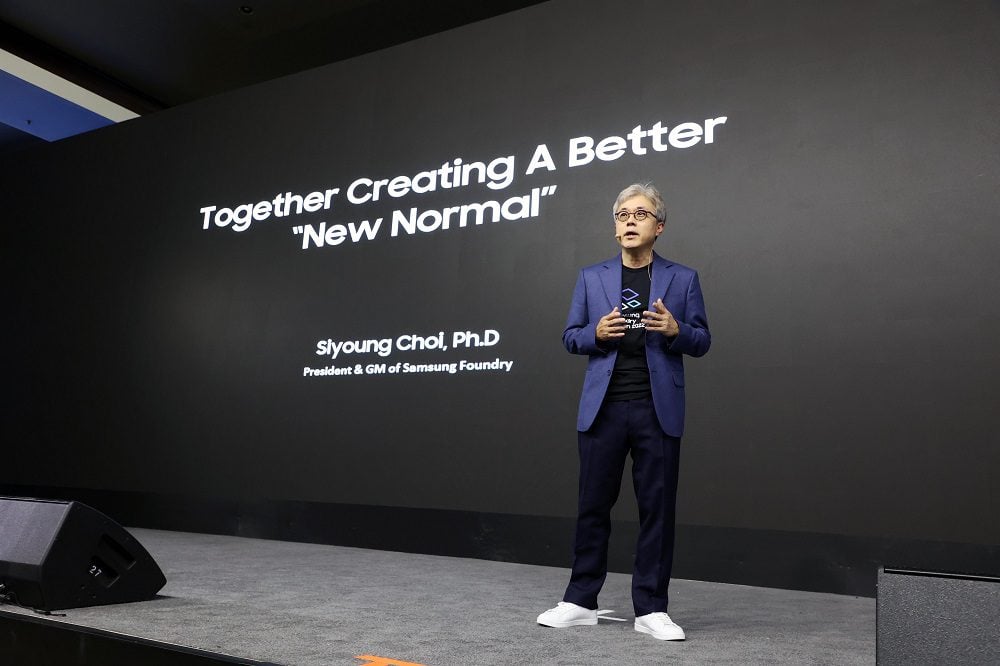According to recent news, mass production of 7nm and 5nm process technology is later, and Samsung Electronics, which was the first to mass-produce 3nm process technology, is TSMC’s main opponent in the field of wafer foundry, but the two are far away in terms of market share.
According to the most recent TrendForce analysis, Samsung Electronics’ foundry business generated US$5.584 billion in revenue in the third quarter of this year, outpacing NAND flash memory sales of US$4.3 billion.
According to the report, the revenue of Samsung Electronics’ wafer foundry division surpassed the revenue of their NAND flash memory business for the first time in the third quarter of this year.
The revenue of Samsung Electronics’ wafer foundry division surpassed that of the NAND flash memory business for the first time in the third quarter, owing to the company’s continued growth.

The increased demand for customised chips related to artificial intelligence and 5G communications has aided in the development of their foundry business; an increase in customers, an improvement in the yield rate of advanced process technology, and an improvement in the competitiveness of mature process technology are also factors in the development of their foundry business.
In the third quarter, the revenue of Samsung Electronics’ wafer foundry business topped that of NAND flash memory, and there are also elements of setback in the NAND flash memory company. Because of the decline in demand for PCs and smartphones, both the demand for and the price of NAND flash memory have decreased, with the contract price of NAND flash memory falling by 13.9% compared to the end of last year.
Also Read:







